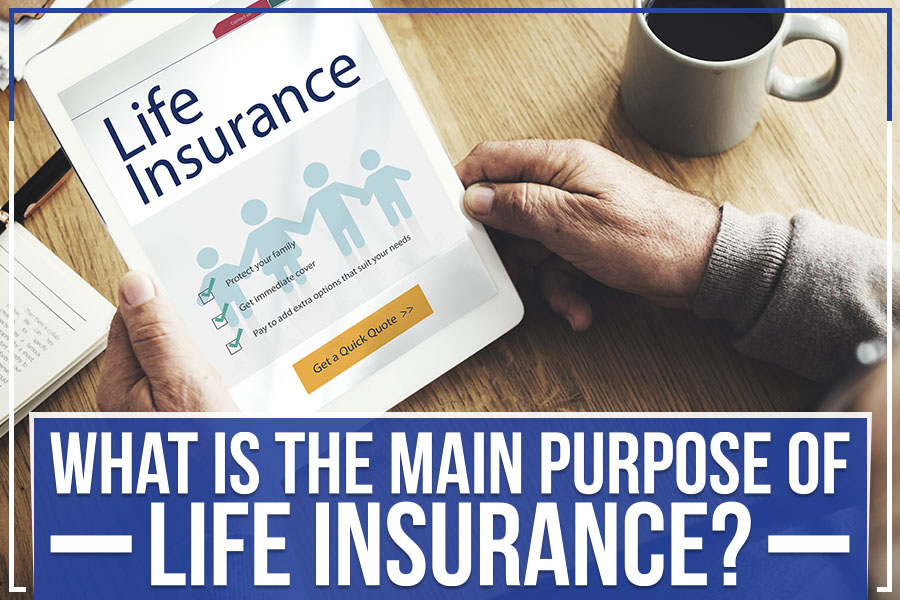See This Report on Pacific Prime
Table of ContentsThe Ultimate Guide To Pacific PrimeThe smart Trick of Pacific Prime That Nobody is DiscussingSome Known Details About Pacific Prime The smart Trick of Pacific Prime That Nobody is Talking AboutThe 25-Second Trick For Pacific Prime

This is since the information were gathered for a period of solid economic efficiency. Of the approximated 42 million individuals that were uninsured, just about about 420,000 (about 1 percent) were under 65 years old, the age at which most Americans become eligible for Medicare; 32 million were grownups in between ages 18 and 65, about 19 percent of all grownups in this age team; and 10 million were children under 18 years of age, concerning 13.9 percent of all children (Mills, 2000).
These quotes of the variety of individuals without insurance are created from the yearly March Supplement to the Current Population Survey (CPS), carried out by the Demographics Bureau. Unless or else kept in mind, nationwide price quotes of individuals without health insurance policy and percentages of the population with various kinds of protection are based on the CPS, the most widely used source of estimates of insurance policy protection and uninsurance prices.
All About Pacific Prime

Still, the CPS is especially valuable since it produces yearly quotes fairly rapidly, reporting the previous year's insurance protection approximates each September, and since it is the basis for a consistent collection of quotes for more than two decades, enabling analysis of fads in insurance coverage gradually. For these reasons, as well as the substantial use the CPS in various other researches of insurance protection that exist in this record, we depend on CPS quotes, with limitations kept in mind.

The estimate of the variety of uninsured people increases when a population's insurance condition is tracked for several years. Over a three-year duration starting early in 1993, 72 million people, 29 percent of the united state population, lacked insurance coverage for a minimum of one month. Within a single year (1994 ), 53 million individuals experienced at the very least a month without coverage (Bennefield, 1998a)
Six out of every ten without insurance adults are themselves employed. Although working does improve the chance that a person and one's relative will certainly have insurance, it is not a warranty. Also members of family members with two full time breadwinner have nearly a one-in-ten opportunity of being uninsured (9.1 percent without insurance rate) (Hoffman and Pohl, 2000).
Pacific Prime for Beginners
New immigrants represent a significant proportion of people without health and wellness insurance. One evaluation has actually attributed a considerable part of the current development in the dimension of the united state uninsured population to immigrants who showed up in the country between 1994 and 1998 (Camarota and Edwards, 2000). Current immigrants (those that pertained to the USA within the previous 4 years) do have a high rate of being uninsured (46 percent), but they and their children account for just 6 percent of those without insurance coverage across the country (Holahan et al., 2001).
The partnership in between health and wellness insurance policy and accessibility to care is well developed, as recorded later in this chapter. Although the connection in between medical insurance and health and wellness outcomes is neither direct nor easy, a substantial scientific and health and wellness solutions research study literature links health insurance coverage to better accessibility to care, much better quality, and improved individual and populace health and wellness condition.
Degrees of analysis for checking out the impacts of uninsurance. This discussion of medical insurance protection concentrates mostly on the united recommended you read state populace under age 65 since basically all Americans 65 and older have Medicare or other public protection. It focuses particularly on those without any kind of health and wellness insurance policy for any size of time.
Pacific Prime Fundamentals Explained
The troubles dealt with by the underinsured are in some respects comparable to those encountered by the uninsured, although they are normally much less severe. Health and wellness insurance coverage, nonetheless, is neither required neither adequate to gain accessibility to clinical services. The independent and straight impact of wellness insurance policy coverage on access to health and wellness solutions is well established.
Others will get the healthcare they need also without health and wellness insurance, by spending for it out of pocket or seeking it from service providers that provide treatment complimentary or at highly subsidized prices. For still others, health insurance coverage alone does not ensure invoice of care as a result of other nonfinancial obstacles, such as an absence of healthcare carriers in their community, restricted accessibility to transport, illiteracy, or linguistic and social differences.
The smart Trick of Pacific Prime That Nobody is Talking About
Official research regarding without insurance populaces in the USA dates to the late 1920s and very early 1930s when the Board on the Expense of Healthcare produced a series of records about funding physician workplace gos to and hospital stays. This issue became salient as the numbers of medically indigent climbed throughout the Great Depression.